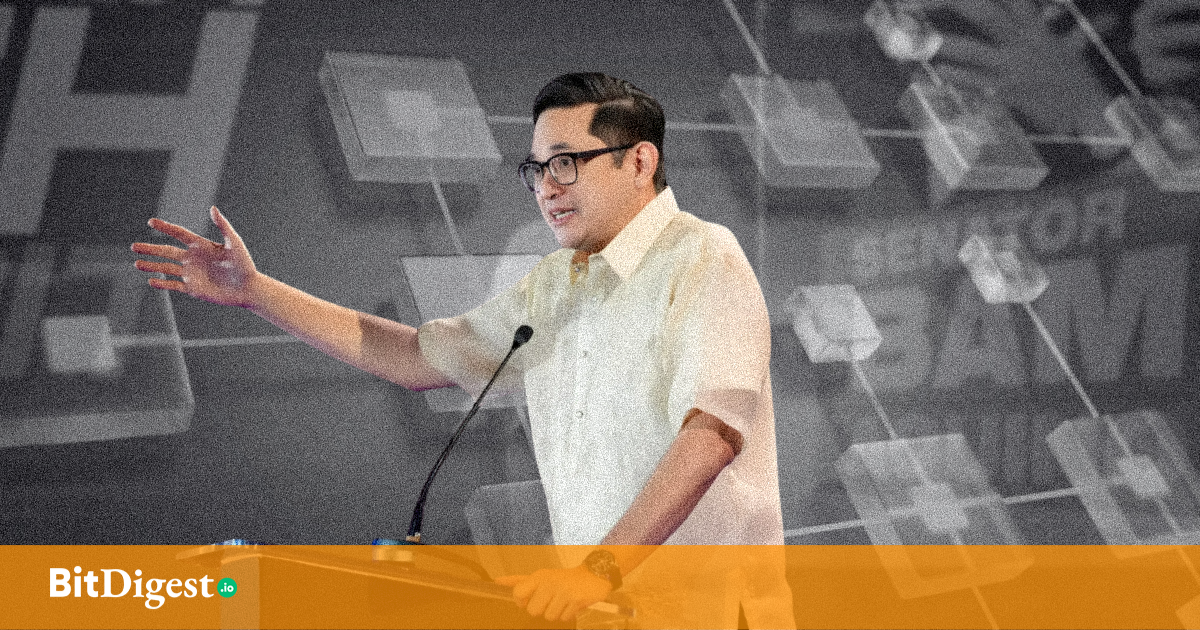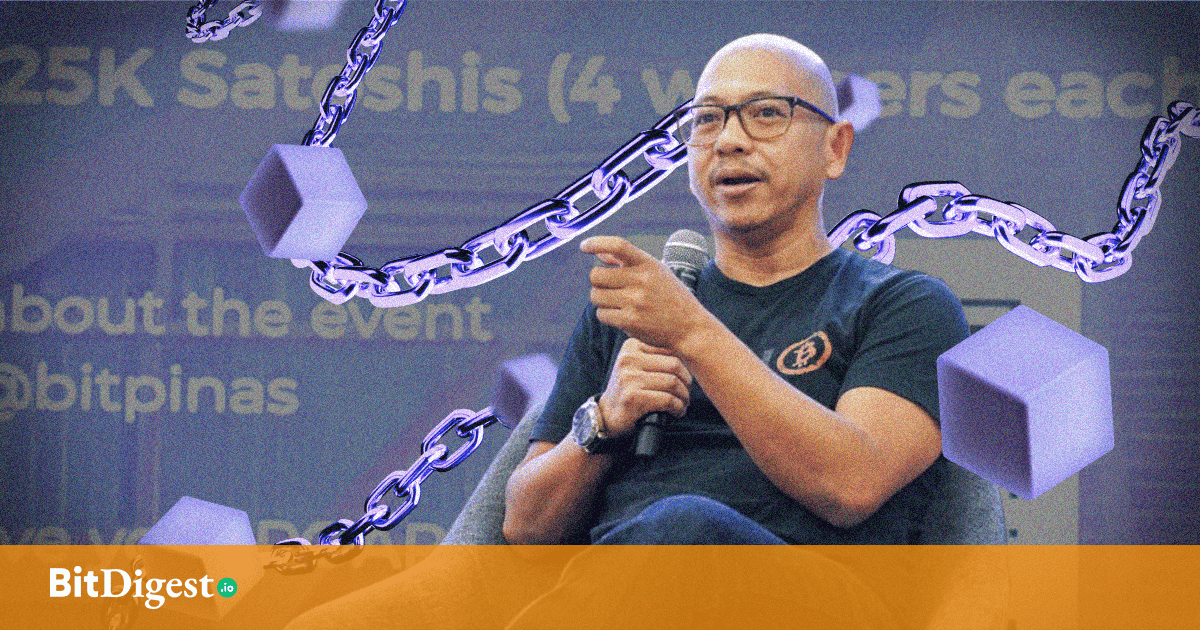So Sick of Corruption: Could Blockchain Help Enforce Clean Budget Spending?
“No one is crazy enough to put their transactions on the blockchain, where every single step will be logged and transparent to every citizen,” said Philippine Senator Bam Aquino in a past discussion on government accountability. He added, “If we can do this, I think we’ll be the first country to put our budget on the blockchain. Of course, I don’t know what kind of support I’ll get.”
It was a remark equal parts bold and self-aware. On the surface, the idea sounds almost too radical. But beneath the provocation lies a powerful question: what if national budgets—the spending plans that affect millions of lives —were recorded on-chain for anyone to see?
How Can Blockchain Make Public Budget Transparent
To understand the weight of Aquino’s suggestion, it’s worth asking what blockchain actually offers in this context.
At its core, blockchain would bring radical transparency. Unlike current reporting systems, where citizens often rely on delayed disclosures, blockchain would allow government spending to be logged in real time. Every transfer, contract, or disbursement would be visible, traceable, and permanent.
It would also enhance accountability. Once recorded, data cannot be altered without leaving a trace. This makes cover-ups, inflated contracts, or hidden spending more difficult. Citizens, watchdog groups, and journalists could verify spending flows without waiting for official reports.
Finally, blockchain could expand public access. Instead of filtering through dense budget documents, citizens could directly search and verify transactions, making oversight more accessible to everyday people.
Global Context: Governments and Blockchain
The Philippines would not be alone in exploring blockchain for governance. Around the world, several countries have experimented with blockchain-backed public services. Estonia has pioneered e-governance, digitizing nearly all public services and testing blockchain for data integrity. Georgia has used blockchain to secure its land registry system. Dubai launched its “Blockchain Strategy 2020,” aiming to record government transactions using distributed ledgers.
These experiments vary in scope, but together they show that governments are cautiously testing blockchain not just for finance, but for public trust. What Aquino suggested—a full national budget on-chain—would push this experimentation into uncharted territory.
In the Philippines, debates about transparency are not new. Calls for open government have long clashed with the realities of bureaucracy, entrenched interests, and limited digital infrastructure.
Blockchain adoption itself has been uneven. The Bangko Sentral ng Pilipinas has cautiously supported blockchain pilots, while local startups have launched use cases in payments and logistics. But governance applications have remained mostly aspirational.
That has begun to shift. Most recently, the Department of Budget and Management partnered with Bayanichain to pilot blockchain-based tracking for government funds. The initiative was designed to increase transparency in public spending, particularly for aid and social services. It is still a small experiment, but it marks a concrete step toward the kind of radical transparency Aquino once suggested.
Risks and Challenges
The idea sparks enthusiasm but also reveals deep challenges:
- Privacy vs. transparency: Should every micro-transaction of the government be visible? Protecting sensitive data remains a concern.
- Political resistance: Radical transparency threatens those who benefit from opacity. Even if technically feasible, lawmakers may resist such oversight.
- Technical capacity: Building and maintaining a national blockchain system requires infrastructure, cybersecurity, and digital literacy that are unevenly distributed.
- Trust paradox: While blockchain records are immutable, governance still depends on who controls implementation. If government agencies manage the nodes, does independence in oversight truly exist?
Visionary or Premature?
Aquino’s remark works precisely because it pushes boundaries. On one hand, it reads as visionary: blockchain is uniquely suited to enforce financial transparency, and budgets are arguably the most important records to protect from manipulation. On the other hand, it seems premature: political, technical, and cultural readiness in the Philippines (and in most countries) remains limited.
The truth likely lies in between. Putting the entire budget on-chain may not happen soon, but piloting segments of the budget—for example, disaster relief funds, infrastructure projects, or education spending— could test the model in a manageable way. Small-scale experiments would reveal both the potential and the pitfalls, providing a roadmap for broader adoption.
Whether or not the Philippines ever becomes the first nation to put its budget on a blockchain, Aquino’s comment reflects a growing global pressure: citizens want more transparent governance, and technology is closing the gap between what’s possible and what’s politically comfortable.
In the long run, blockchain could become one of several tools that make “radical transparency” not just a political slogan but a policy standard. From procurement contracts to social programs, the future of public trust may depend on whether leaders are willing to embrace systems that hold them accountable at every step.
To some, Bam Aquino’s idea sounds crazy. To others, it sounds inevitable. Whether visionary or naive, the suggestion forces us to confront an uncomfortable truth: if we already have technology capable of enforcing radical accountability, why aren’t more governments using it?
Perhaps the answer lies not in blockchain’s technical limits, but in political will. Until then, proposals like this remain provocative reminders of what transparency could look like in a world brave enough to demand it.
.svg)


.svg) SHARE TO FACEBOOK
SHARE TO FACEBOOK SHARE TO TWITTER/X
SHARE TO TWITTER/X SHARE TO LINKEDIN
SHARE TO LINKEDIN SEND TO MAIL
SEND TO MAIL





.svg)


.svg)